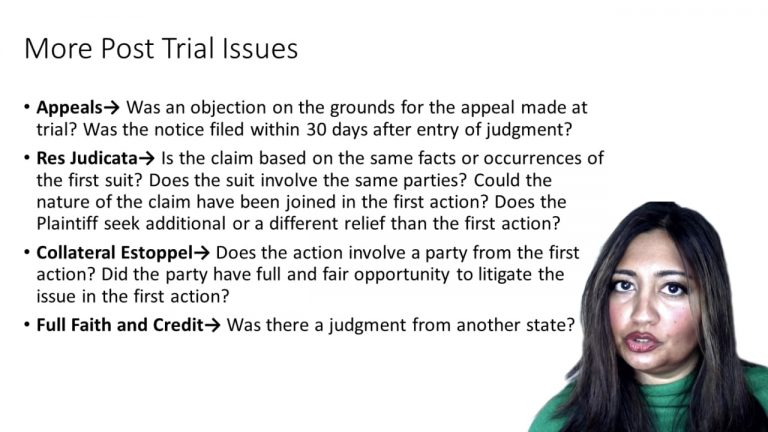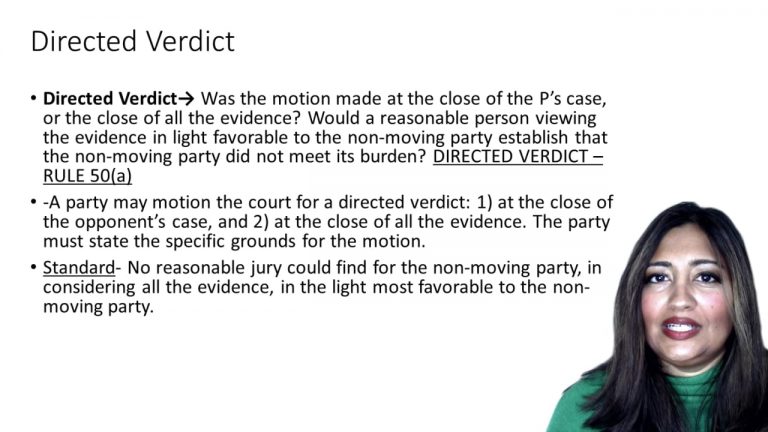SmartBrief
Confirm favorite deletion?
Civil Procedure Keyed to Babcock
Curtis Publishing Co. v. Butts
Citation:
351 F.2d 702 (5th Cir. 1965)Facts
Defendant Curtis published a libelous article in one of its Posts claiming that plaintiff Butts, the Athletic Director at the University of Georgia, rigged a game. At trial it was clear that Defendant Curtis knew the information was false but published it anyway. The jury entered a verdict for Plaintiff Butts in the amount of $460,000 in general damages and $3,000,000 in punitive damages. Defendant Curtis filed a motion for a new trial based on the size of the punitive damage award. The motion was granted on the condition that Plaintiff Butts failed to remit the portion of the award above $400,000. Plaintiff Curtis filed another motion for judgement notwithstanding the verdict which was denied. After Plaintiff Butts filed a remittitur and Defendant Curtis’ motion for a new trial was denied and a judgement for Butts in the amount of $460,000 was entered. Defendant Curtis again filed another motion for a new trial under FRCP 60 which was also denied. Defendant Curtis appealed.
Only StudyBuddy Pro offers the complete Case Brief Anatomy*
Access the most important case brief elements for optimal case understanding.
*Case Brief Anatomy includes: Brief Prologue, Complete Case Brief, Brief Epilogue
- The Brief Prologue provides necessary case brief introductory information and includes:
Topic:
Identifies the topic of law and where this case fits within your course outline.Parties:
Identifies the cast of characters involved in the case.Procedural Posture & History:
Shares the case history with how lower courts have ruled on the matter.Case Key Terms, Acts, Doctrines, etc.:
A case specific Legal Term Dictionary.Case Doctrines, Acts, Statutes, Amendments and Treatises:
Identifies and Defines Legal Authority used in this case.
- The Case Brief is the complete case summarized and authored in the traditional Law School I.R.A.C. format. The Pro case brief includes:
Brief Facts:
A Synopsis of the Facts of the case.Rule of Law:
Identifies the Legal Principle the Court used in deciding the case.Facts:
What are the factual circumstances that gave rise to the civil or criminal case? What is the relationship of the Parties that are involved in the case.Issue(s):
Lists the Questions of Law that are raised by the Facts of the case.Holding:
Shares the Court's answer to the legal questions raised in the issue.Concurring / Dissenting Opinions:
Includes valuable concurring or dissenting opinions and their key points.Reasoning and Analysis:
Identifies the chain of argument(s) which led the judges to rule as they did.
- The Brief Prologue closes the case brief with important forward-looking discussion and includes:
Policy:
Identifies the Policy if any that has been established by the case.Court Direction:
Shares where the Court went from here for this case.
Topic Resources
Topic Videos
 3m 56s
3m 56s 2m 14s
2m 14s